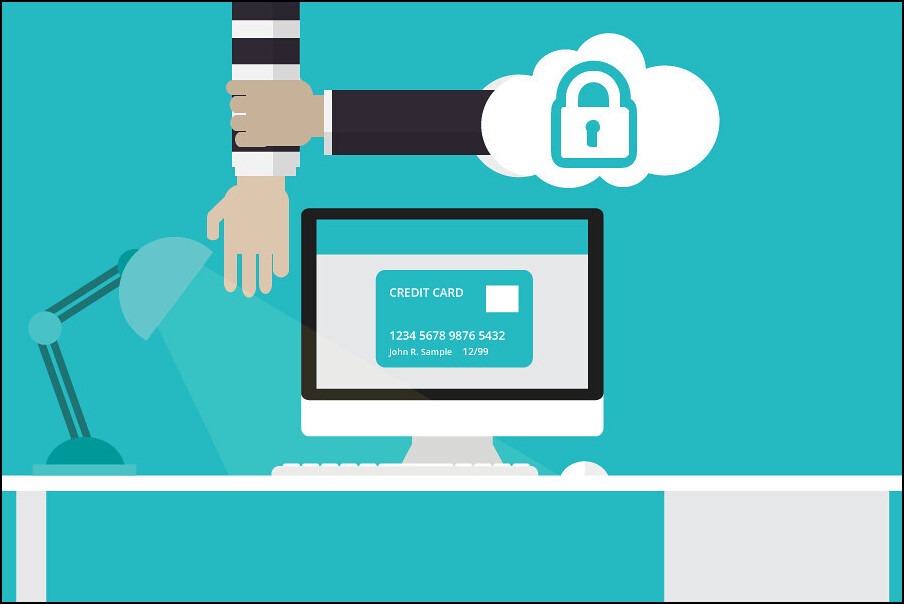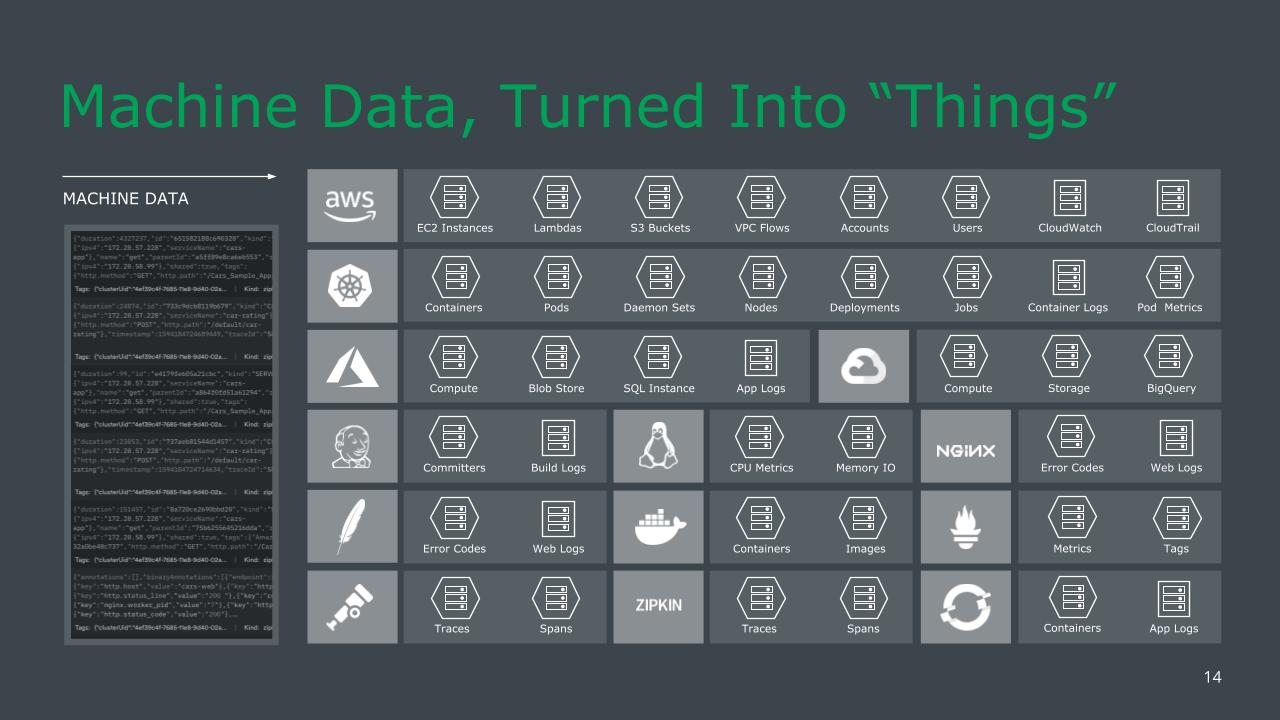Observability: 5 Things Fintech Companies Should Know
The operational demands placed on Fintech companies are immense and observability is crucial to mitigating risks and maintaining agility.
The reach of Fintech has gotten more expansive over the years, as providers support financial institutions and consumers of all kinds. What hasn’t changed is the need to ensure clientele aren’t impacted by outages and that their data is secure. Fintech providers will inevitably face some of the same technology-related challenges as other types of organizations, but addressing challenges quickly is imperative to support financial clients that are an essential part of many customers’ everyday lives.

Cloud-native complexity can’t hold you back in the “gotta go fast” world of Fintech, nor can a lack of cloud visibility when it comes to troubleshooting. Not to mention that finance — being so heavily regulated — by default, has compliance and audit-related concerns that must be a high priority, and relevant data shouldn’t fall victim to cost concerns. The operational demands placed on Fintech companies are immense and observability is crucial to mitigating risks and maintaining agility.
Here are a few things Fintech companies should know about observability, and how it can make a tangible impact for their organizations.
1. Modern Application Complexity Doesn’t Have to Impede Release Velocity
As financial requirements evolve and change, Fintech providers need to ensure they are preparing financial institutions with the ability to adapt quickly. Regardless of what stage of adoption your company is at for cloud, microservices, Kubernetes — or even serverless — you’re likely to encounter operational complexity.
Using emerging technologies is desirable because they can improve the organization’s ability to release code to production and meet changing business requirements more easily. However, with deficient planning, the benefits of leveraging these technologies can quickly be outweighed by their challenges.
Observability can equip your SRE and DevOps teams with information to help them understand complex cloud-native apps and keep them running smoothly while allowing developers to focus on maintaining release velocity.
2. Cloud Visibility and Data Context Are Essential
We previously spoke with Linedata about how Observe provides them the visibility they need to support their SaaS application platform for financial services clientele. Essential to their success is being able to understand their telemetry data in context without being impeded by account-based silos and a lack of visibility. At the time Linedata engineering had over thirty AWS accounts alone to maintain, which could be a visibility hurdle for any unprepared organization.
The complexity of cloud-based infrastructure and microservices-based apps can amplify one another due to highly distributed services and resources. This can greatly complicate the troubleshooting process, especially if your only option is to follow breadcrumbs between services with different account owners. More organizations have gotten interested in the idea of “full-service ownership” models, however, microservice-based apps can effectively have many “owners”.
Not only does observability provide multiple teams a single platform for complex troubleshooting, but it also provides visibility that can span dozens, if not hundreds of cloud provider accounts. Those mystery IAM errors are more often yet another link in the chain, rather than the end of a search.
3. Long-term Data Retention Matters for Compliance
Which is worse, an outage, security incident, or audit? In truth, they can all be equally painful depending on the circumstances and a lack of information exacerbates the situation. Observability can be used to discover problems before they result in full-blown outages, but it can also provide a foundation for better data governance. This is especially important as adherence to ESG (Environmental, Social, and Governance) criteria becomes a bigger consideration for companies and their investors.

For companies handling large volumes of data the risk that data governance poses is particularly important. Maybe you don’t want to keep data around forever, but if you’re discarding data solely because of cost-related concerns imposed by your monitoring or observability tools you’re taking an unnecessary risk. In providing proof of regulatory compliance or investigating security incidents, historical data can also provide useful insights.
By default, Observe will keep data around for 13 months and can store as much data as you want, and for as long as you need.
4. Observability Aids in Reliability and Preventative Security
Security is the paramount concern for many financial clients and ensuring secure operations can go hand in hand with architecting for reliability. Observability is useful to security by providing visibility to every layer of your IT stack.
While there is value in using observability tooling to investigate security incidents, the best security is typically preventative. It’s important to equip your SRE teams with tooling that easily tracks essential information and answers questions such as “What versions of Kubernetes are deployed?”, or “Which container is this from?”, to allow proactive updates.
We can drive a better understanding of applications and infrastructure by making data easy to query to simplify routine maintenance. The easier it is to ask questions of, and explore your telemetry, the easier it will be to ensure that reliability and security standards are maintained.
5. Your Customers’ Experience Shouldn’t be an Early Warning System
Don’t let customers raise the alert about an issue before your dashboards do. This sentiment is doubly true in Fintech where the stakes of an impacted user experience are high. Ideally, problems can be addressed well before they impact customer experience and observability can help by keeping track of and understanding the health of customers.
Part of Observe’s value is turning data into “things”, whether those things are pods, servers, or customers. We make it easy to see the things you care about including customers and their sessions.

Not only do we surface this information from your data, but we also provide the context to help you see the connection between what’s happening and how it impacts the things you care about. Complexity and a lack of context shouldn’t limit your ability to respond to the needs of your customers, nor should it impact their ability to serve their own customers.
If you or your company wants to take your observability strategy to the next level, we encourage you to check out our demo of Observe in action or to join us for one of our weekly live demos.

